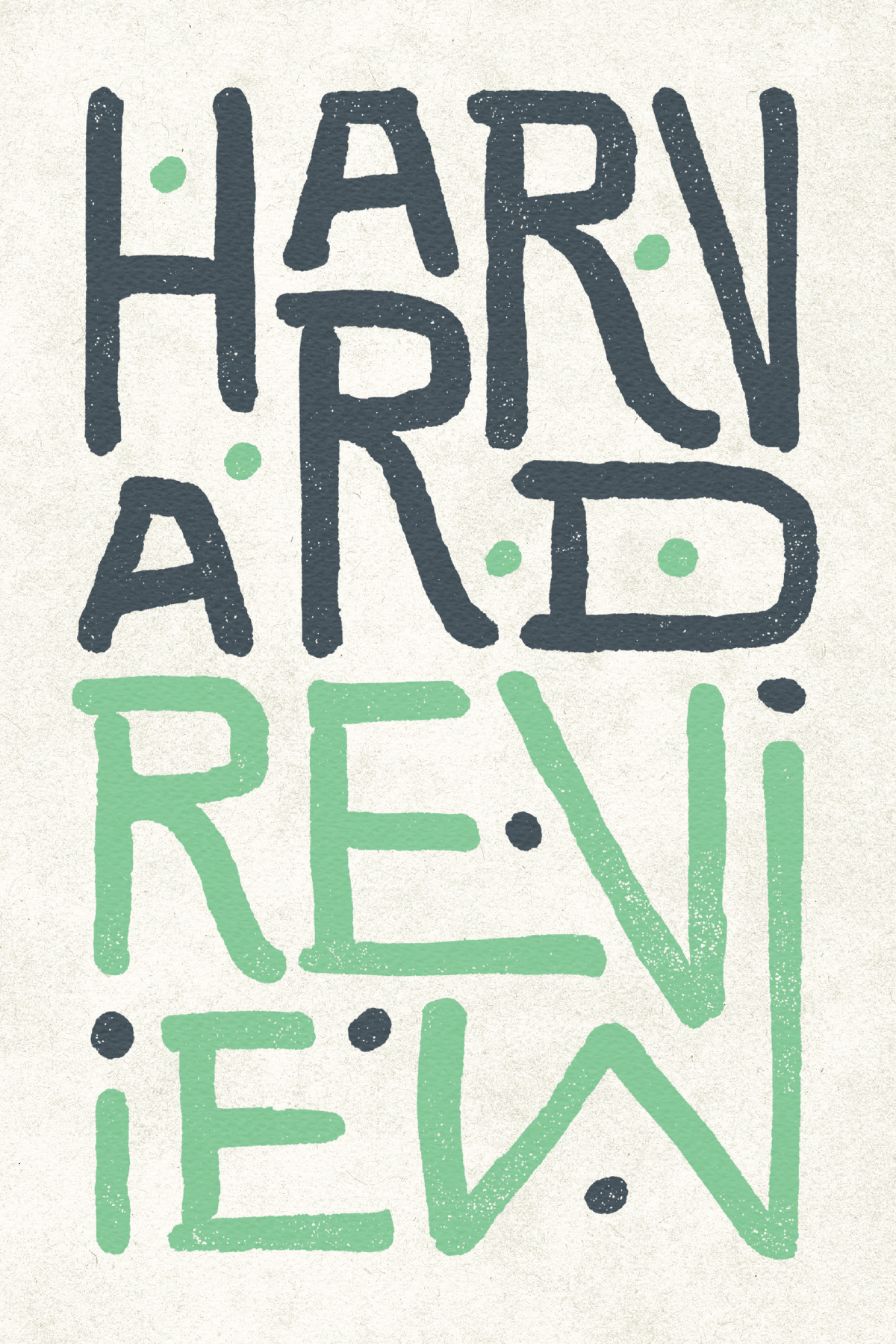HR 59 Editorial
by Christina Thompson
In thinking about this, our fifty-ninth issue, I want to begin with “Time and Materials,” an essay by Erica Funkhouser that tells the story of an eccentric local figure, B, “a man of many parts—not roles, but components.” B is a collector of useful things but in such profusion that their usefulness is almost eclipsed by their sheer number. B’s place—his home, workshop, storage facility, junkyard—is filled with every manner of material and tool: stone cobbles, granite slabs, tires, wooden pallets, plywood, pine boards, also machinery: sewing and washing machines, lathes, milling machines, and every kind of smaller object from drill bits to measuring spoons. The essay is a portrait of someone—just deceased when the story opens—whose personhood is so wound up in the place he inhabits that they are essentially one and the same. To describe his compound, with its curated “heaps of raw ingredients,” is to capture the man.
Funkhouser’s essay is an ode to what we might call B’s “genius,” his distinctive or identifying spirit. But it is also a fine example, because so extreme, of the ways in which, in literature, people and places are sometimes analogous. Several of the stories in this issue exhibit this closeness, so that the one can hardly imagine the person without the setting. “Summerhouse” by William Powers, a young writer making his debut here, is set on Cape Cod and centered on a pair of adolescent male twins who seem so much a part of their environment that they might have emerged directly from the dunes. Samuel Koláwolé’s “Waiting for Jemima” folds the story of a young female runaway into the story of the Hirondelle, a train that winds its way through an African landscape of villages, mountains, and farms. It’s not so much the countryside as the train itself, with it profusion of passengers, freight, parcels, bodies all jumbled together, that is linked to the turbulent, precarious experience of the girl. Or, to take another example, “Half-life” by Morgan Talty, a member of the Penobscot Nation, whose story takes places partly inside an abandoned silo. In an opening scene vaguely reminiscent of Waiting for Godot, one of the characters asks the other, “Do you remember coming here?” “I don’t remember,” he replies. “Me fucking neither.”
In other pieces, the issue is not just space but time. Light, wind, precipitation at a particular moment are beautifully captured in Silvia Legris’s weather poems: “Forecast Issued 6:00 a.m. CST Friday 1 January 2021” and “Forecast Issued 5:00 a.m. CST Sunday 27 December 2020,” which mix different vocabularies of precision—“pine-pollen snow” and “30% saturation”; “Sunrise at 9:15. / Wind chill as much anecdote as geometry”—to produce observations that are at once general and specific. The effect is not unlike that of P. Scott Cunningham’s wonderful opening line from the poem “Free Jazz”: “It was a Friday night at the beginning of the millennium . . . ”
Historical groundedness—a particular place at a particular time— is the key to many of the pieces in this issue, among them Roxana von Kraus’s “Ferraye,” with its vivid snapshot of life in Communist Romania, where parcels of luxuries “from the ephemeral West . . . were opened with reverence, like prayer books in church.” In Megan Marshall’s long anchoring essay, “Free for a While,” we revisit a time in American history with eerie similarities to our own. Marshall takes us back to California in the late 1960s, with its recognizable mix of idealism and upheaval. The story revolves around the moment in 1970 when Jonathan Jackson, then just seventeen years old, entered a courtroom with a satchel of weapons in an attempt to free his brother George, then on trial for killing a prison guard. Jonathan, Marshall’s erstwhile classmate from Pasadena, was killed in the ensuing uproar. A year later George, author of Soledad Brother: The Prison Letters of George Jackson, would also be dead.
A question implicit is Marshall’s essay is not just who we are as a nation but who we are as individuals with unique paths, many of which we simply inherit. Cecily Parks and photographer An Rong Xu apply a similar scrutiny to the conundrum of inheritance, asking, in their different ways, who are we in relation to those who came before us. “When I talk about my name,” writes Parks, who is named for her great-great-grandmother, “I’m reading a single-word poem that, each time I return to it, yields different meanings.” Joshua Bennett also writes in this issue about family, considering in a pair of poems both the mysteries of fatherhood and the line of fathers that preceded him. “In the sole image / I have ever seen of my grandfather, he glows like a row of mansions. / I am told this effect is known as halation.”
Sometimes, thinking about these things, it seems like a good idea to take the long view—the very, very long view. In her charming essay “We Were Here,” Natalie Kinkade revisits the Golden Records attached to the 1977 Voyager spacecraft. These records, featuring an eccentric array of sonic signatures, were designed to introduce the people of Earth to the universe at large. Kinkade, at once wry and appreciative, looks back on what now feels like a quaint moment of optimism, arriving at a moment of optimism herself. “Sometimes the thought of Voyager going forever undiscovered in an indifferent, dead, godless universe seems incredibly bleak. But other times . . . the overabundance of enthusiasm for J. S. Bach, the comically stiff U.N. message . . . Carl Sagan’s enigmatic laugh, the plaintive humpback whale song— I think: but this is caring, this is living.” A consoling notion, or so it feels to me, in an uncertain time.
Published on July 22, 2022
First published in Harvard Review 59

